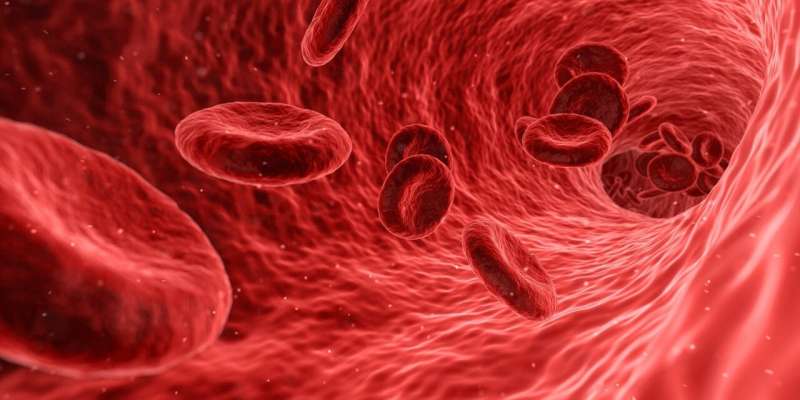Credit: CC0 Public Domain
A research group led by the University of Bologna identified a new mechanism that can obtain serological tests that are quicker, more cost-effective and more reliable than those currently in use. This mechanism is based on the technique of electrochemiluminescence (ECL) and is applicable to serological tests devised to detect the antibodies against SARS-CoV-2. This innovative technique has industrial application potential, as two leading firms in the fields of diagnostics and technologies were also involved in this research: the Germany-based Roche Diagnostic and the Japanese Hitachi High Tech.
The study was published in Nature Communications and its outcomes show serological tests with increased sensitivity levels up to 128% higher than those currently in use, thanks to highly efficient reactants.
"The results we obtained mark a new milestone in the state-of-the-art of signal enhancement of ECL-based immunoassays," says Francesco Paolucci, leader of the research group and professor at the University of Bologna. "This milestone is the outcome of years and years of international research into electrochemistry and of a close synergy with R&D sectors."
Serological tests are based on the ability to translate into measurable and visible signals the interactions between some molecules and the antibodies the test quantifies. ECL can play a major role here, as it relies on an electrochemical reaction producing a light signal. In the case of serological tests, electrochemiluminescence switches on the antibodies as if they were lamps.
This mechanism has some limitations, however: The molecules that are able to prompt this reaction are in very low concentrations in human blood. Therefore, highly sensitive techniques are required to identify the antibodies in the blood. The results obtained by the research group are therefore promising.
"Our work represents something unprecedented in the field of ECL because it relies on the enhancement of the signal as opposed to the enhancement of the target, as usually happens with enzymatic methods or polymerase chain reaction," says Giovanni Valenti, study coordinator and researcher at the University of Bologna. "These results pave the way for the development of ultra-sensitive serological tests."
The researchers obtained a twofold result with this study. On the one hand, they refined the mechanisms regulating ECL analyses; on the other hand, they employed these mechanisms to develop new reactants to obtain far more efficient serological tests.
"From these results, we managed to identify highly efficient reactants that are able to enhance the sensitivity of this technique way beyond that currently employed for serological tests," says Alessandra Zanut, first author of the study and researcher at the University of Bologna. "With this technique, we obtained an ECL signal enhancement up to 128% compared to current techniques."
More information: Alessandra Zanut et al, Insights into the mechanism of coreactant electrochemiluminescence facilitating enhanced bioanalytical performance, Nature Communications (2020). DOI: 10.1038/s41467-020-16476-2
Journal information: Nature Communications
Provided by Università di Bologna
























